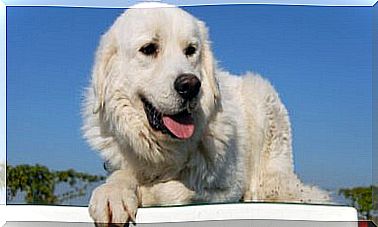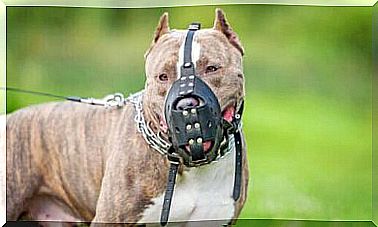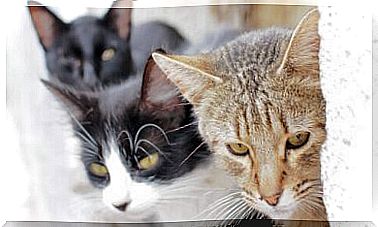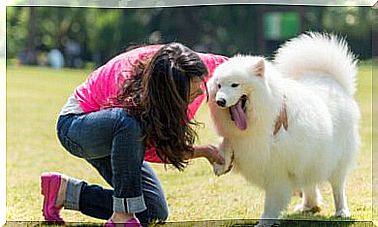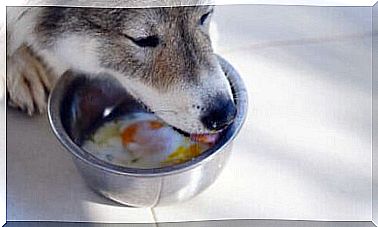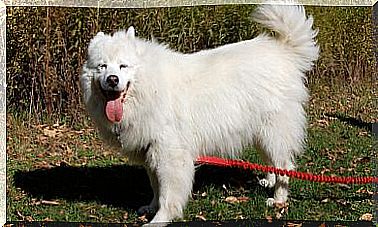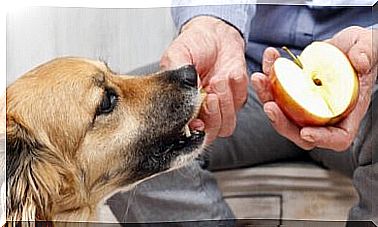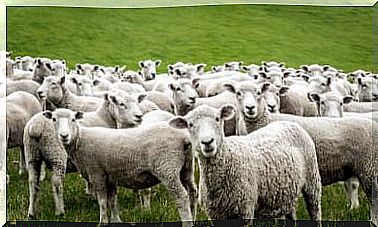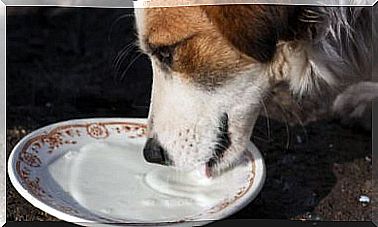Dog Breeds Most Vulnerable To Cancer
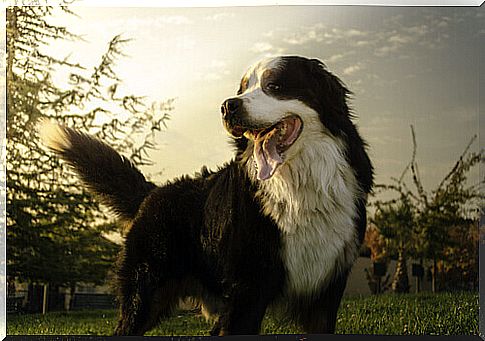
Although this disease can affect any dog, there are some dog breeds that are more vulnerable to cancer. Knowing this data will allow you to take the right precautionary measures and, if necessary, increase the check-ups to the vet.
Here are the major dog breeds most vulnerable to cancer. If your four-legged friend is one of these, it is best to have him undergo regular veterinary checks.
Which dog breeds are most vulnerable to cancer?
Unfortunately, this nasty disease also affects our dog friends who, ouch-us, are not invincible beings. Being informed about the risks and possible diseases that can affect your pet, however, is essential to ensure that he receives the right and timely treatment.
Knowing which dog breeds have the most cancer recorded shouldn’t hold you back from adopting a dog, or influence which breed you want. It is useful simply to help you take care of it better. Here is our list:
1. Bernese Mountain Dog
The life expectancy of a dog of this breed is approximately eight years, in fact it is unfortunately a breed particularly vulnerable to cancer. Specifically, he can suffer from histiocytosis, one of the most aggressive forms of the disease.
When the Bernese Bovero – main photo of the article – is diagnosed with cancer, it can affect the lungs, lymphatic ganglia, liver, bone marrow, central nervous system or spleen. In the latter case, the most common surgery is the removal of the spleen, even if the risk is that the tumor has already spread to the other organs.
The only way to prevent cancer in the Bernese Bovero is by taking him to the vet periodically for a thorough check-up. The doctor will be able to identify the signs of the disease in time before it enters an advanced stage.
2. Boxer, one of the most vulnerable dog breeds to cancer
Another dog breed that is particularly vulnerable to cancer is the boxer, particularly with regard to cancer of the skin (mast cell tumor) or lymphatic ganglia (lymphoma or lymphosarcoma). These diseases generally affect adults over eight years of age.
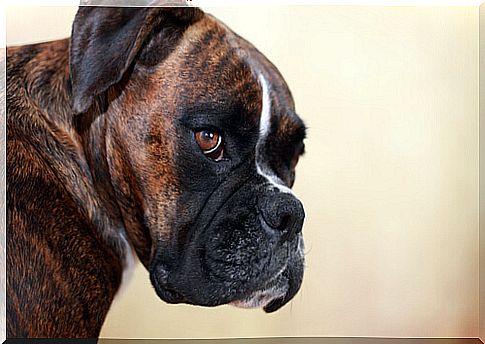
3. Bullmastiff
This giant dog breed is another of the most prone to cancer, especially lymphomas and mast cell tumors, both of which are inherited.
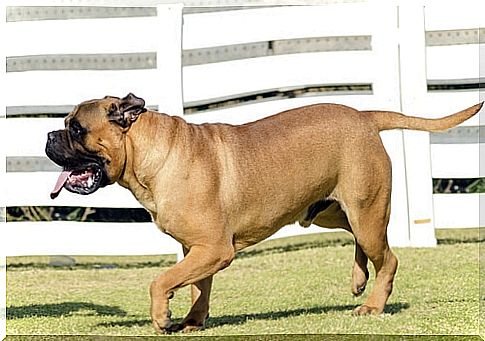
Lymphoma is a type of cancer characterized by the proliferation of malignant lymphocytes in certain organs, such as the lymphatic ganglia, liver, spleen or bone marrow. In some cases, it can also affect the eyesight, intestinal tract or skin of the animal.
4. Giant Schnauzer
In addition to requiring special attention related to the type of hair and excessive production of drool, it is essential to frequently take our Giant Schnauzer to the vet, to avoid the appearance of more serious diseases.
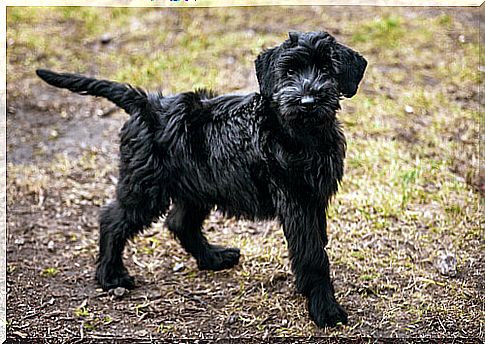
This breed is in fact prone to suffer from eye problems and dermatological diseases, such as skin cancer, especially in dark-haired specimens. Melanoma in the extremities and carcinoma in the fingertips are more common than previously thought. Sometimes they can also develop cancerous or non-cancerous skin tumors.
5. Poodle
The last dog breed on our list today is the famous poodle, in all its sizes (from the smallest to the poodle). One of the main causes of death of this species is in fact the tumor.
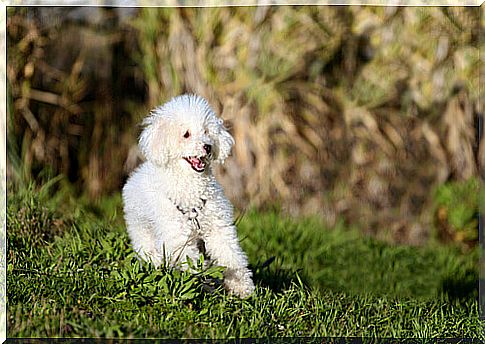
If you have decided to adopt a dog or already have one in your home belonging to one of the listed breeds, it is very important that you have regular checkups. Only in this way will you be able to detect a possible cancer in time and increase the possibility of healing it or, at least, increasing its life expectancy.
